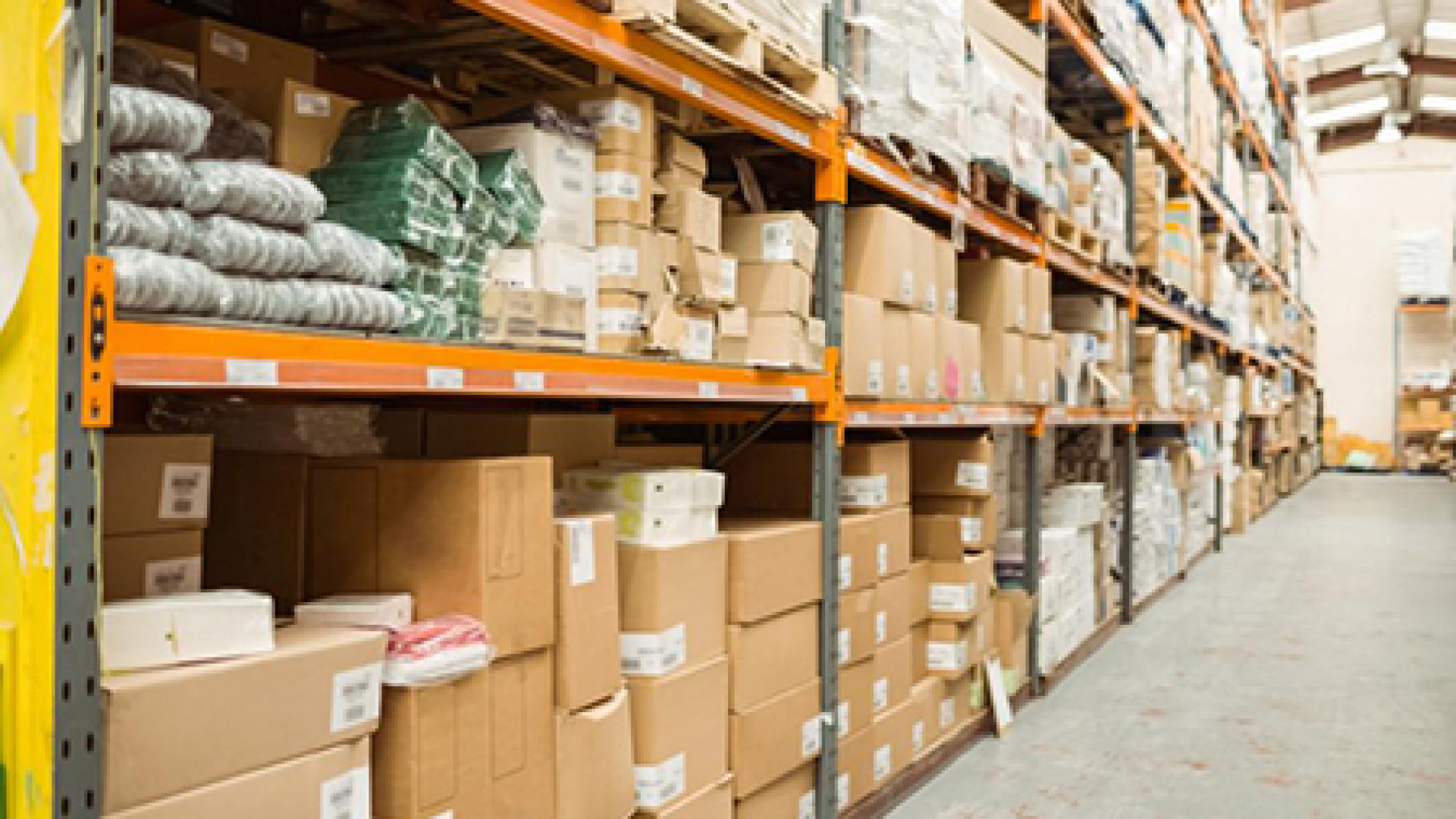Building a connected warehouse is one of the best ways in which you can optimize your inventory for your business. The first thing you need to realize is that a connected warehouse is developed in a manner which allows you to tangibly keep track of all data within a warehouse. This means data relating to inventory, storage, delivery and more of the contents inside it.
Many businesses don’t account for noting this data properly, which can create confusion and lead to inventory problems and other issues that can seriously hamper your productivity. With a connected warehouse, you can simplify a lot of these issues with ease. Moreover, a connected warehouse is one which is linked not only with the supply chain, but also with the resource planning as well as the customer services of a business.
Linking the warehouse with all these systems not only facilitates data entry, it also allows for more credible future planning. This allows you to streamline the warehouse to get a better understanding of various factors such as the carrying costs, the inventory turnover and learning how to manage stock levels that are largely based on supply and demand of the business’s target market.
In theory, building a connected warehouse can appear rather intimidating since there are so many different factors to take into account. Luckily, in order to build a connected warehouse, you should start by focusing on the following aspects.



